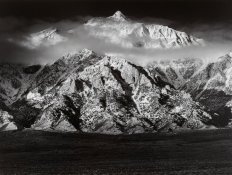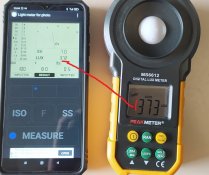BradS
Member
A better comparison would be: The Spot meter is like a Jeep that can go both to highways and to challenging mountian tracks with rocks in the middle. Other meters may be more convenient for the highway but they cannot go through challenging tracks.
Here you have 3 examples of challenging situations where an incident meter won't be useful: .
You’re missing the point. The point is about need not about useful.
People starting out in large format photography do not need a spot meter. It’s not helpful to go on and on about how useful it is if it makes them feel overwhelmed or confused.
Useful? Maybe.
Necessary? Absolutely not!















